Motion Coupling
Ideal for devices with moving parts, such as motors and actuators, ensuring precise motion analysis.
EMAG is a specialized module within EMWORKS, focusing on the simulation of electromagnetic fields at low to medium frequencies. Designed for engineers and researchers, EMAG offers advanced tools to analyze, optimize, and simulate electromagnetic behavior in a variety of applications such as electrical machines, actuators, sensors, transformers, and more. Its versatility and precision make it an essential tool for industries ranging from automotive to aerospace, biomedical, and power systems.
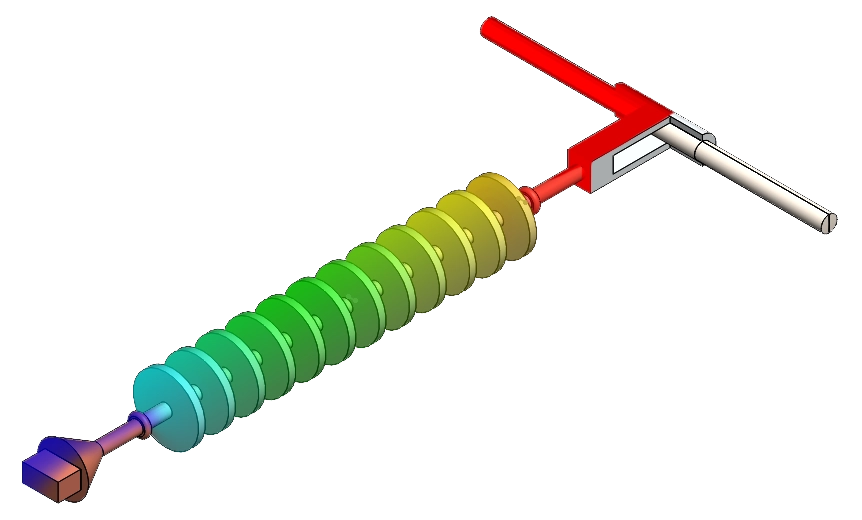
Analyze electric and magnetic fields in full 3D geometry for enhanced design accuracy.
Perform planar and axis-symmetry simulations for reduced computational time without sacrificing precision.
Explore multiple design scenarios by varying key parameters, allowing for optimized performance and cost efficiency.
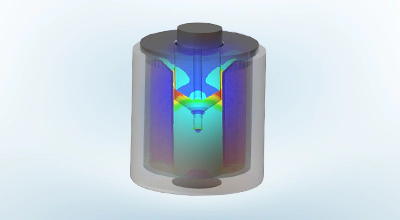
Evaluate static magnetic fields in devices like solenoids, actuators, and transformers.
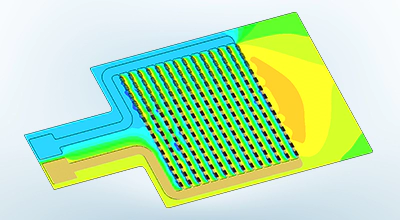
Simulate the flow of electric currents in conductors and assess related resistive losses.
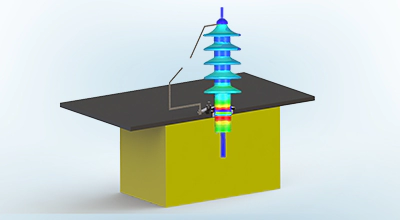
Study the behavior of static electric fields and their effects on surrounding structures.
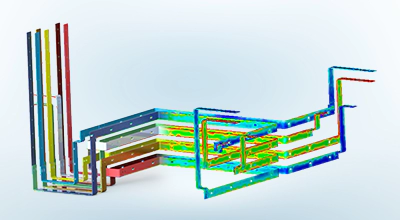
Model alternating magnetic fields in applications such as inductors and transformers.
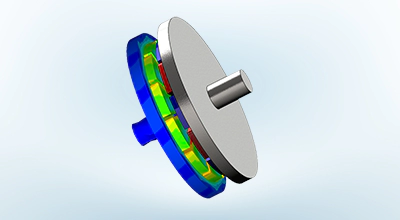
Simulate time-varying magnetic fields to analyze switching and dynamic behaviors.
Ideal for devices with moving parts, such as motors and actuators, ensuring precise motion analysis.
Assess mechanical stresses and deformations caused by electromagnetic forces.
Evaluate heat generation and dissipation to optimize thermal management in electrical devices.
EMAG can simulate and optimize transformer design parameters, providing engineers with critical insights:
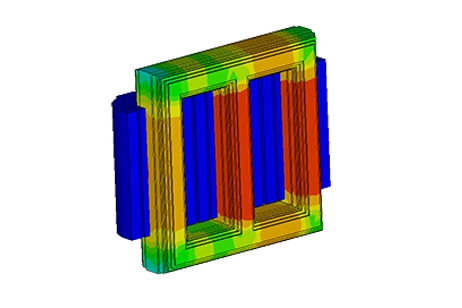

EMAG supports advanced NDT applications, leveraging electromagnetic simulations to improve safety and reliability

Detect defects in conductive materials using precise eddy current simulations.
Simulate leakage fields to identify structural weaknesses in materials.
Assess subsurface defects in conductive components.
Model magnetic flux distribution to optimize NDT processes.
EMAG’s capabilities are suited to a variety of industries and applications, including:
EMAG is widely used in industries such as
For electric motors, actuators, and inverters.
To optimize sensors and high-performance transformers.
For precise simulations of electromagnetic devices used in medical applications.
To enhance the efficiency of transformers and high-voltage equipment.
EMAG integrates seamlessly with your existing workflows, minimizing the learning curve.
Advanced solvers ensure precise results, enabling high confidence in your designs.
Suitable for both small-scale projects and large, complex systems.
Learn how EMAG can transform your engineering designs and streamline your product development process
